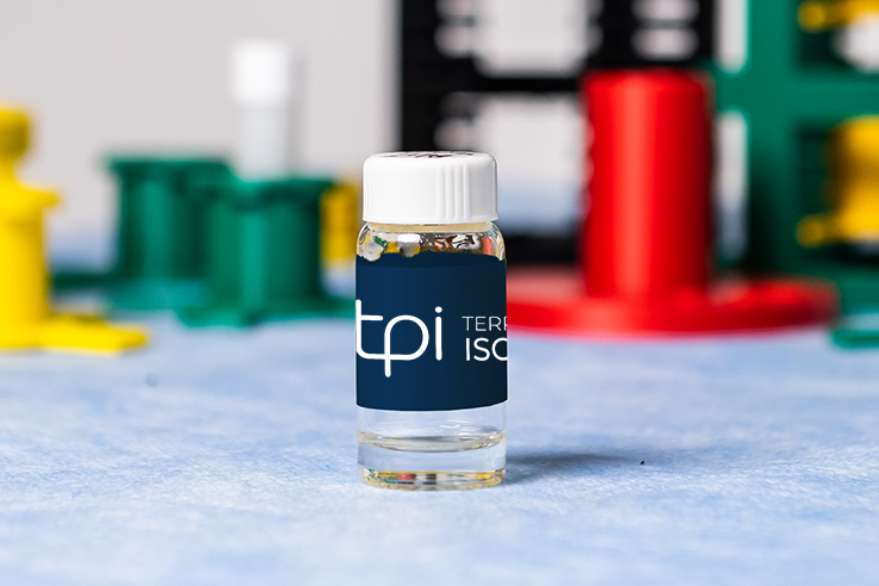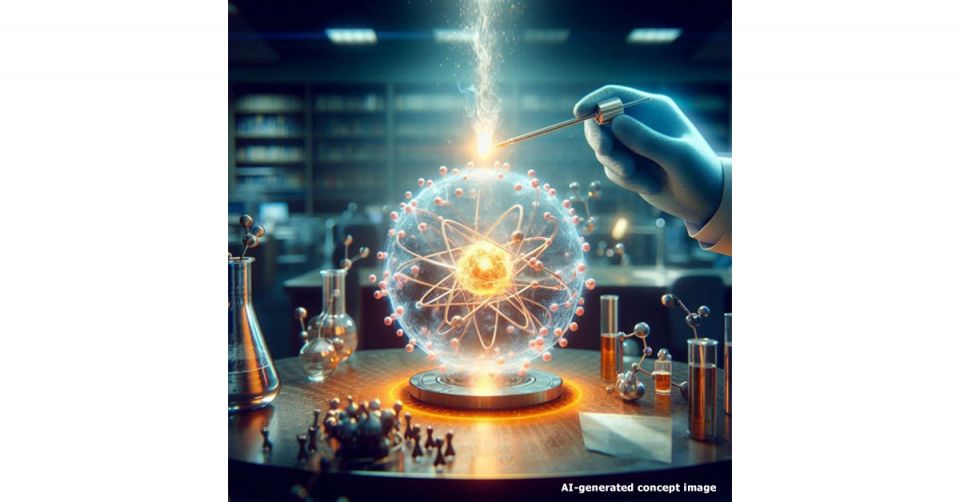White House official talks strategy for securing civilian radioactive materials

Sherwood-Randall
The Biden administration on March 2 announced a new strategy to remove and secure certain highly radioactive materials that are used in hospitals and other civilian commercial facilities as a measure to prevent such materials from being acquired by terrorists for making “dirty bombs” or other weapons. Elizabeth Sherwood-Randall, White House assistant to the president for Homeland Security, shared the details of the National Security Memorandum to Counter Weapons of Mass Destruction Terrorism and Advance Nuclear and Radioactive Material Security (NSM19) later that same day in a discussion at the Nuclear Threat Initiative (NTI) global security organization in Washington, D.C., according to a report in the New York Times.
National strategy: Biden’s newly signed NSM 19 “integrates, in a systematic way, U.S. policies to counter the use of chemical, biological, radiological, and nuclear weapons by non-state actors; sets out unified priorities for Departments and Agencies across the Federal government; and affirms the Biden-Harris Administration’s commitment to work with state, local, tribal, international, and private sector partners on preventing, mitigating, and responding to WMD terrorism threats.”









